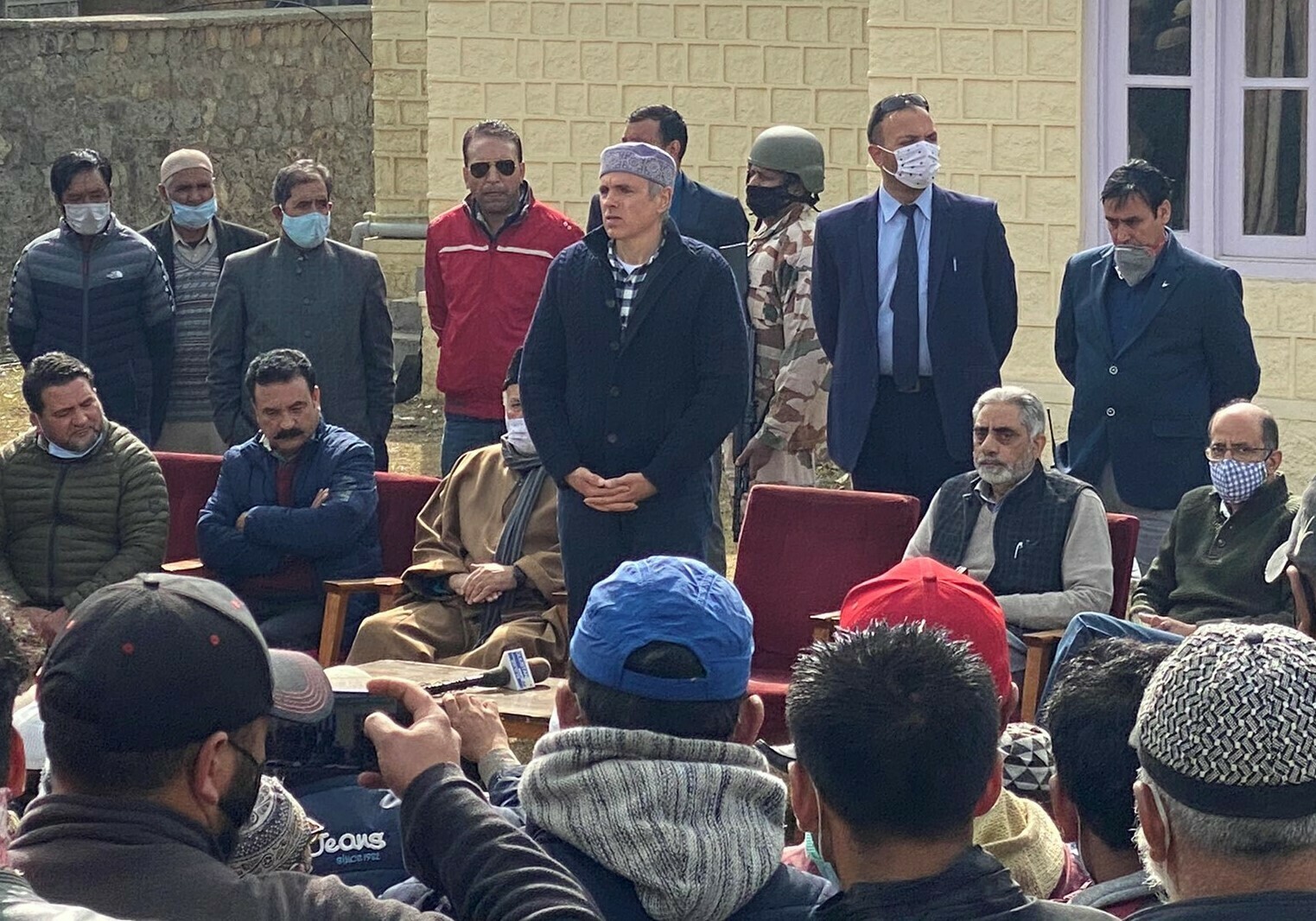
INDIA’S education system into a modern, progressive and equitable one. Successful execution and implementation of this policy calls for dramatic simplification of decision-making structures and re-prioritization of budgetary resources in months and years to come.
Given that there are around 350 million Indians today in school-going or college-going age groups, the NEP calls for a large-scale implementation of a magnitude never before attempted anywhere in the world.
This presents substantial execution challenges, both quantitative and qualitative.
Opening universities every week is a herculean task. India today has around 1,000 universities across the country. Doubling the Gross Enrolment Ratio in higher education by 2035 which is one of the stated goals of the policy will mean that we must open one new university every week, for the next 15 years. Opening one University every week on an ongoing basis is an undoubtedly massive challenge.
The numbers are no less daunting in reforms to our school system. The National Education Policy 2020 intends to bring 2 crore children who are currently not in schools, back into the school system. Whichever way you look at it, accomplishing this over 15 years requires the setting up of around 50 schools every week. This certainly requires a substantial amount of investment in classrooms and campuses. But it also means appointing at least 50 headmasters every single week, and at least 200-300 teachers every single week on an ongoing basis. Given that many teaching positions are going unfilled even in existing schools, this becomes a particularly interesting challenge.
Funding is a big challenge in the Covid era From a funding standpoint, this is not a challenge for the faint-hearted. The National Education Policy 2020 envisages an increase in education spending from 4.6% to 6% of GDP, which amounts to around INR 2.5 lakh crores per year. This money will be well-spent building schools and colleges across the country, appointing teachers and professors, and for operational expenses such as providing free breakfast to school children. What makes things tricky is that this policy comes into being at a time when the economy has been battered by Covid-19 related lockdowns, government tax collections are abysmally low, and the fiscal deficit was high even pre-Covid.
Current focus on healthcare and economic recovery to lower the execution speed Economists have been calling for large stimulus packages amounting to double-digit percentages of GDP, despite the strain on the exchequer.
While the National Education Policy is a 20-year journey, one worries that we may be off to a stumbling start over the next 2-3 years, when government and budgetary priorities are claimed by the more urgent but equally important needs of healthcare and economic recovery.
Need to create a large pool of trained teachers In school education, the policy envisages a sweeping structural re-design of the curriculum a very welcome step. But in order to deliver this curriculum effectively, we need teachers who are trained in and understand the pedagogical needs. Many of the curricular changes require substantial mindset shifts on the part of teachers, as well as parents.
Inter-disciplinary higher education demands for a cultural shift In higher education, the National Education Policy 2020’s focus on inter-disciplinary learning is a very welcome step. Universities, especially in India, have for decades been very silo-ed and departmentalized.
Saima Parvaiz
Follow this link to join our WhatsApp group: Join Now
Be Part of Quality Journalism |
Quality journalism takes a lot of time, money and hard work to produce and despite all the hardships we still do it. Our reporters and editors are working overtime in Kashmir and beyond to cover what you care about, break big stories, and expose injustices that can change lives. Today more people are reading Kashmir Observer than ever, but only a handful are paying while advertising revenues are falling fast. |
| ACT NOW |
| MONTHLY | Rs 100 | |
| YEARLY | Rs 1000 | |
| LIFETIME | Rs 10000 | |










